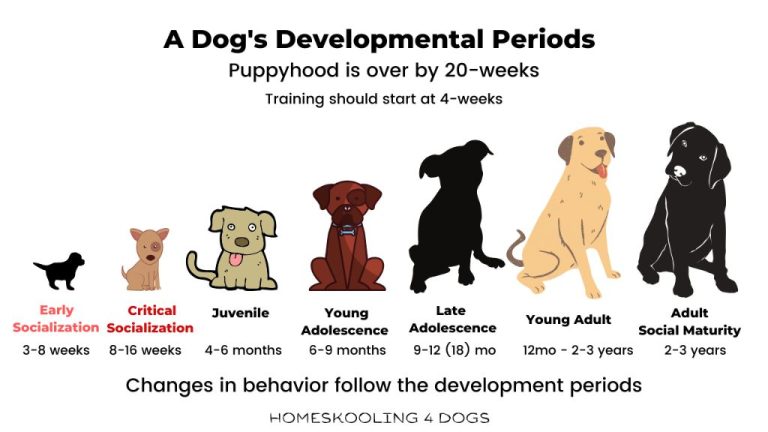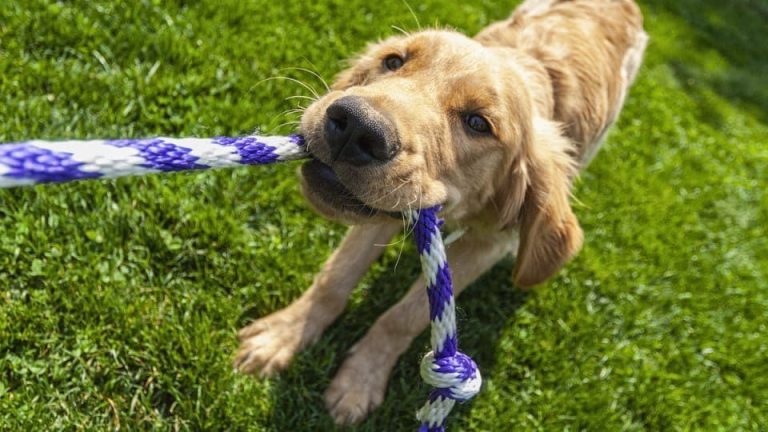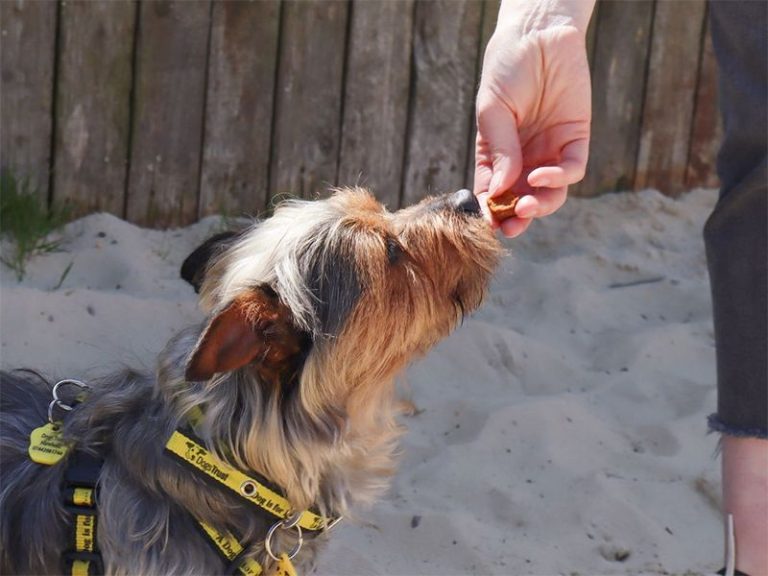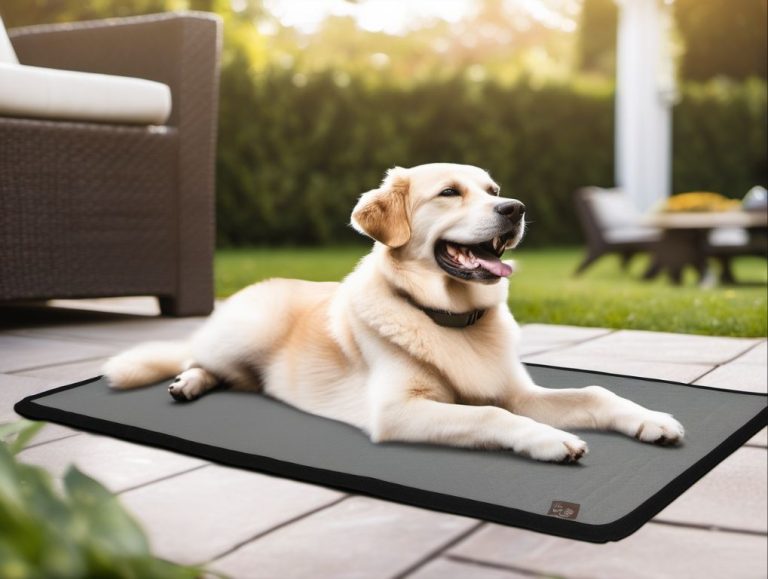Helping Your Dog Overcome Fear Of Veterinary Visits: Desensitization Tips
Understanding Your Dog’s Fear
Dogs can experience fear, anxiety, and stress in relation to going to the veterinarian. Fear is an emotional response to a specific perceived threat such as a stranger, smell, or past traumatic experience at the vet. Anxiety is anticipation of potential threats that may occur at the vet. Stress is the body’s physical response to these triggers, releasing hormones like adrenaline and cortisol (Cannon, 1927).
Common triggers leading to vet fear include past trauma or negative experiences at the vet like painful procedures, restraint, or unfamiliar handling. The smells, sounds, and look of the veterinary office can also trigger fear if associated with these past experiences. Unfamiliar veterinary staff and new handling approaches are common stressors as well (Mills & Ramos, 2020).
Signs your dog is experiencing fear about going to the vet may include hiding, trembling, tail tucking, whimpering, growling, dilated pupils, panting, salivating, and attempts to avoid or flee the situation (Mills & Ramos, 2020).
Understanding the underlying emotions and triggers can help you address your dog’s fear of veterinary visits through desensitization techniques.
Why Desensitization Works
Desensitization works through the principles of classical conditioning. Classical conditioning is the process of changing an existing emotional response by repeatedly pairing something neutral with the trigger that causes the negative response. In the case of a dog who is afraid of going to the vet, the trigger is the vet office environment. By pairing positive stimuli like treats with the vet office, the dog begins to associate vet visits with good things rather than fear and anxiety.
The key is to start very small and take it extremely slow. You want to begin exposing your dog to vet-related stimuli that cause only mild anxiety, and pair those with strong positives like treats, petting, and praise. Over many repeated sessions, you gradually increase the intensity of the vet stimuli while continuing to countercondition with positives. Eventually, the dog starts to feel happy anticipation rather than fear when going to the vet because his brain has associated vet visits with good things through classical conditioning. This slow, stepwise approach works because it gradually changes the dog’s emotional response instead of forcing him to face his biggest fears right away.
For more on how classical conditioning principles make desensitization effective for overcoming dog fears, see https://medicine.umich.edu/sites/default/files/content/downloads/Exposure-and-Desensitization.pdf
Creating a Fear Ladder
A key part of the desensitization process is creating a fear ladder. This involves ranking the various triggers that scare your dog from least frightening to most frightening. You want to start exposing your dog to the mildest triggers first and work your way up the ladder slowly over time.
To create a fear ladder, make a list of anything your dog finds scary or stressful about going to the vet. This might include things like driving to the vet clinic, entering the building, sitting in the waiting room, being placed on the exam table, seeing the vet walk in wearing a lab coat, having temperature taken, etc. Rank these items from least scary to most scary for your specific dog.
It’s important not to move too quickly up the ladder. Start with whatever item your dog finds only mildly concerning. For some dogs this may be simply driving near the clinic. For others, it might be sitting in the parking lot. Customize the ladder to your dog’s unique comfort level. The goal is to very gradually get them more comfortable with each step through positive reinforcement.
Here is an example fear ladder from Anxiety Canada:
- Drive by the vet clinic
- Sit in parked car outside vet clinic
- Enter lobby and get treat
- Stand on scale and get treat
- Enter exam room and get treat
- Vet tech enters room
- Vet tech pets dog
- Vet enters room
- Vet examines dog
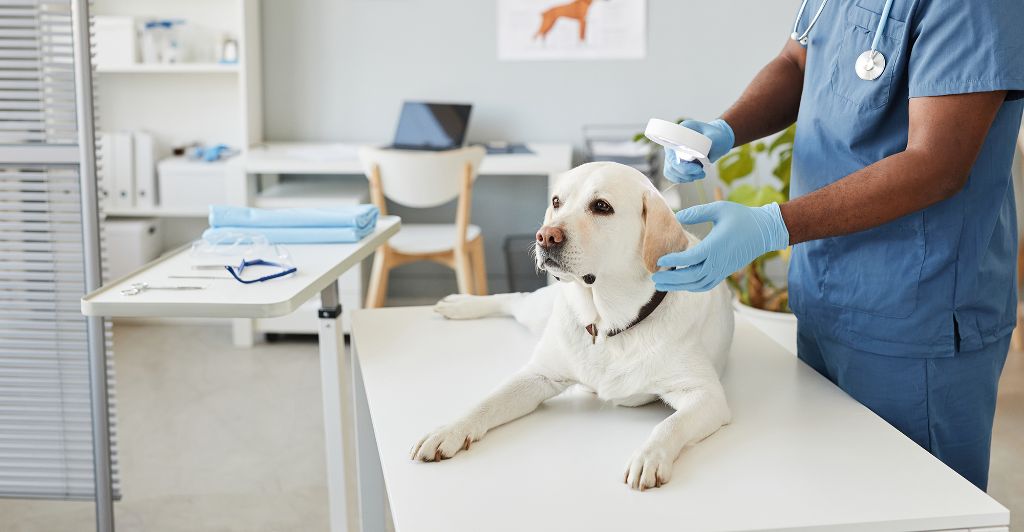
Starting Easy
One of the most important aspects of desensitization training is starting at an easy level that doesn’t trigger your dog’s fear response. You want to begin working at a distance from the vet’s office where your dog can stay relaxed and under threshold. This allows you to countercondition the vet’s office with positive associations before attempting to get closer and interact more directly.
According to experts, initially work at least across the street or down the block from the vet’s office, choosing a spot where your dog notices the office but doesn’t react with fear body language like cowering, trembling, or trying to flee (PetMD). Stay far enough away that your dog can still pay attention to you and accept treats. If your dog fixates on the office and won’t take treats, you’ve started too close and need to increase the distance.
The goal is to keep sessions short, positive and below your dog’s panic threshold so the experiences create new neural pathways connecting the vet’s office with good things, not fear. As your dog relaxes and shows happy body language at a distance, then you can very gradually move closer over multiple sessions. Let your dog’s comfort level determine the pace (VCA Hospitals).
Using Treats and Praise
Rewarding your dog with treats and praise is a pivotal part of a successful desensitization program. You’ll want to focus on rewarding calm behavior and small incremental steps during the process. Having high-value treats that your dog loves can make a significant difference.
Some great options for high-value treats include:
- Small soft dog treats
- Tiny pieces of cooked chicken or lean meat
- Cheese cubes
- Peanut butter
Make sure you use something extra special and enticing during desensitization training. You want your dog to be highly motivated by the rewards.
Along with treats, verbal praise is very important. Use an excited, happy tone and enthusiastically tell your dog “good job!” when they accomplish a step and earn a treat. This positivity will help reinforce the desired behavior.
Be patient and only ask for small increments of progress at a time. Rewarding tiny steps in the right direction is the key to successful desensitization. It allows your dog’s comfort level to gradually increase at their own pace while associating the situation with great things like their favorite treats and your praise.
Taking It Slow
When working on desensitization training, it’s crucial to move up the fear ladder very gradually over multiple sessions. Rushing through the process too quickly can actually make your dog’s fear and anxiety worse. Each training session should end on a positive, rewarding note so your dog develops positive associations.
Start with an item low on your fear ladder that your dog is only mildly uncomfortable with. Allow them to inspect it while receiving praise and treats. Keep sessions short, just 5-10 minutes. End the session while your dog is still relaxed and enjoying the rewards.
Over following sessions, continue exposing your dog to the same low-level item until they exhibit little to no fearful response. Only then should you move up to the next rung on the ladder. Again, keep sessions short and positive. With patience over consistent training days, your dog will gradually become desensitized to each fear trigger.
If at any time your dog shows strong fearful or anxious reactions, stop immediately and move back down the ladder to an easier item. Forcing them to face difficult triggers will only intensify their fear. By slowly easing them up the ladder at their own pace, you can achieve lasting confidence.
According to the AKC, this gradual desensitization process retrains your dog’s emotions, creating new positive associations that override the previous fearful response 1. With time and consistency using rewards-based training, your dog can overcome their fear of the vet for good.
Trying Appeasing Pheromones
Using synthetic dog appeasing pheromones (DAP) is an effective way to reduce anxiety and fear in dogs during veterinary visits. DAP mimics natural calming pheromones secreted by nursing dogs to appease their puppies. Research shows that DAP can significantly decrease signs of anxiety, barking, and undesirable behaviors in the veterinary setting (1).
DAP products come in various forms like diffusers, sprays, and collars that release pheromones over time. Diffusers can be placed at home and in the vet clinic waiting area. Sprays can be applied on bandanas before visits. Lastly, collars provide continuous pheromone release when worn. According to studies, DAP collars can reduce sound-induced fear and other anxious behaviors in dogs at the vet (2). Using DAP alongside behavioral training is an effective approach.
Asking for Medication
Short-term anti-anxiety medication can be very helpful for extremely fearful dogs right before a vet visit. These medications are typically given about 1 hour before arriving at the vet’s office and last for a few hours. They have a calming and relaxing effect that can take the edge off during the veterinary exam.
Some common medications vets prescribe for pre-vet visit anxiety in dogs include alprazolam (Xanax), trazodone, gabapentin, and clonidine. Alprazolam starts working quickly but lasts only a few hours, making it a good choice right before a vet appointment. Trazodone is longer acting, so it can be given the night before and through the day of the visit. Gabapentin also has a longer duration and can help preemptively reduce anxiety. Clonidine is helpful for noise phobias that often occur at vet clinics.
While these medications are generally safe when given occasionally, they do have potential side effects. It’s important to consult your vet and use them only as prescribed. But for severely anxious dogs, a short course of anti-anxiety medication might make the difference between an extremely stressful vet visit and one they can tolerably get through.
Making the Vet Office Positive
It is important to help your dog associate the veterinary office with positive experiences through the use of treats, praise, and patience from the staff. Some key tips include:
Have vet staff give your dog treats and praise throughout the visit so your dog learns the vet office is a source of good things. You can provide the vet with your dog’s favorite treats or foods. The vet and technicians should reward calm behavior with treats, pets, and verbal praise. This helps establish the vet as a friendly person instead of someone to fear.https://vcahospitals.com/know-your-pet/reducing-fear-of-veterinary-visits-for-dogs
Establish the veterinary office as a safe and positive place through repetition of happy visits. With a long-term desensitization program spanning multiple non-intrusive vet trips for treats and praise, your dog can start to relax and realize vet visits are not scary. It takes time, but the vet’s office can become a place associated with good experiences instead of fear.https://www.rover.com/blog/taking-an-anxious-dog-to-the-vet/
With persistence and positive reinforcement techniques, the veterinary office can transform from a scary place into one where your dog receives kindness and rewards.
Being Patient
Progress takes time and commitment. Desensitization is a gradual process of showing your dog that the vet is not scary, but instead can be a positive experience associated with rewards. Some dogs may begin to relax after just a few visits, while more fearful dogs may need weeks or months of steady counterconditioning before they become comfortable.
It’s important not to rush the process or force interactions before your dog is ready. Take things slow and celebrate even small victories, like your dog voluntarily approaching the door of the vet’s office. Over many repetitive positive encounters, your dog can overcome the fear response and replace it with happy anticipation of treats and attention. With your patience and persistence, veterinary visits can become less stressful for both you and your beloved pup.

